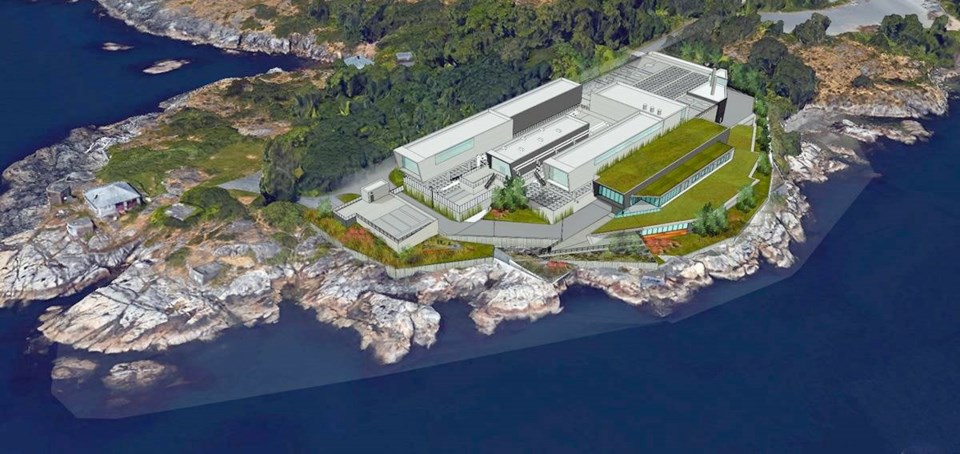In what Metchosin Mayor John Ranns calls “a smoke and mirrors tour,” some Capital Regional District directors are being offered a trip to Europe to examine how other jurisdictions process sewage sludge.
CRD staff are proposing two tours of “integrated resource management” facilities:
• A week in October that would hit eight European locations in Germany, Spain, Belgium and France.
• A North American leg in November (influenced by what is learned from the European trip) that could visit sites in Ontario, Saskatchewan and/or Florida.
CRD chair Barb Desjardins, who doesn’t know if she’ll go on either tour, said she fully supports the trips, which she concedes some taxpayers might view as a junket. But she said the tours will “have value” in helping directors meet a tight deadline for choosing the right integrated resource management technology for the region.
“One of the things we wanted to do is really get an understanding of how they work and where they are working and what materials are used as feedstock, etc.,” Desjardins said.
integrated resource management committee chair Sooke Mayor Maja Tait agrees. “I think it’s good to visit plants that are up and running, that are similar in size and scale so that we fully understand how it all works and can get the right feedback from the operators as to what their lessons learned are and the challenges.”
As committee chair, Tait would expect to participate. She didn’t know how many directors should go, but said “obviously it has to be of a reasonable size for a group. I think it would be challenging to have the whole board go.”
But Ranns, who sits on the integrated resource management committee and has been a vocal critic of the process, said the planned trip “is a smoke and mirrors operation that is being directed in order to justify the biggest mistake this region has ever made.”
Under the $765-million sewage treatment project, sewage sludge — leftovers from treatment — will be pumped about 18 kilometres from the treatment plant that will be built at McLoughlin Point to the Hartland landfill. At Hartland, the sludge is to be processed through anaerobic digestion into what is known as Class-A biosolids, a soil supplement. (Anaerobic digestion involves the use of micro-organisms to break down organic matter.)
At the same time, the CRD board has been examining options for the sewage sludge that could see it mixed with solid wastes such as food scraps and processed to create revenue by, for example, generating electricity, heat or fuel.
Ranns said some firms responding to a CRD request for expressions of interest have indicated there is no need for anaerobic digesters and they would be prepared to use raw sludge in their processes. Those technologies could negate the need for a $189-million sludge-treatment plant and costs for 18 kilometres of pipeline.
Ranns doesn’t understand why the CRD is proceeding with anaerobic digesters, which he “guarantees” will be obsolete by the time an integrated resource management facility is built.
“The key isn’t looking at learning every aspect of every technology [in Europe]. The key is looking at the economics and the procurement,” Ranns said.
“They’ve got the process backwards in my mind. We’ve got people who have said: ‘We can do it, we can guarantee it and not only that, we can fund the whole damn thing ourselves.’
“So to try to make us [directors] experts to select a process is not the way it should be done. What should be done is you put it out [for expressions of interest.] You see what comes in, and, if they guarantee it, then what the hell does it matter? We don’t have to be the experts.”
Tour costs are estimated at $8,500 per person for the European trip and about $4,000 for the North American leg. Staff are recommending one staff member and one consultant be on the trips.
Costs are to be split between the CRD’s sewage treatment project budget and the environmental resource management sustainability reserve.
The CRD is required by the province to have a definitive plan for the beneficial reuse of biosolids by June 2019.



